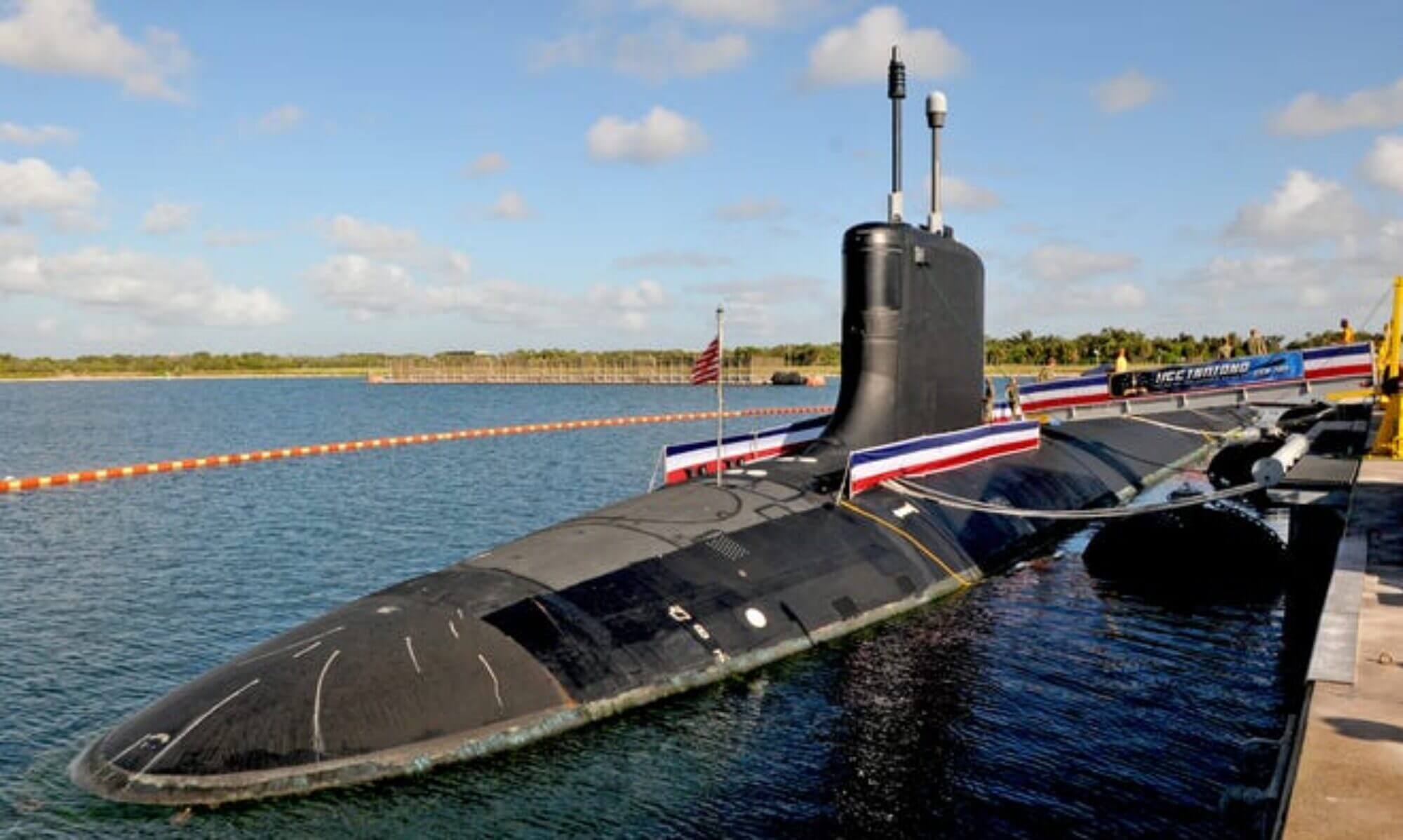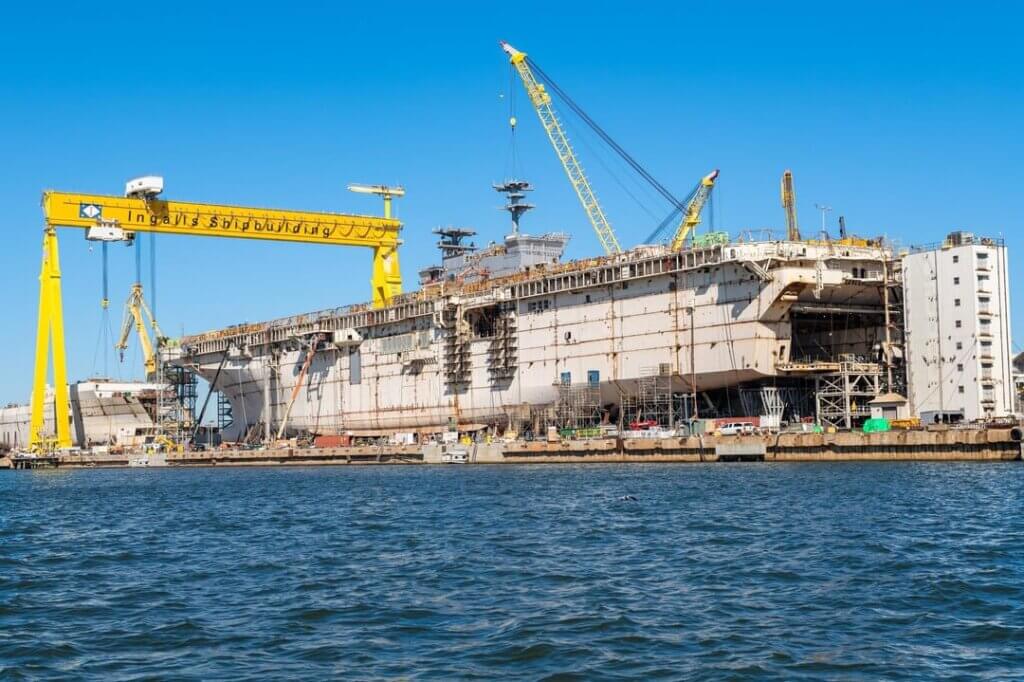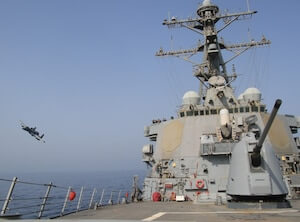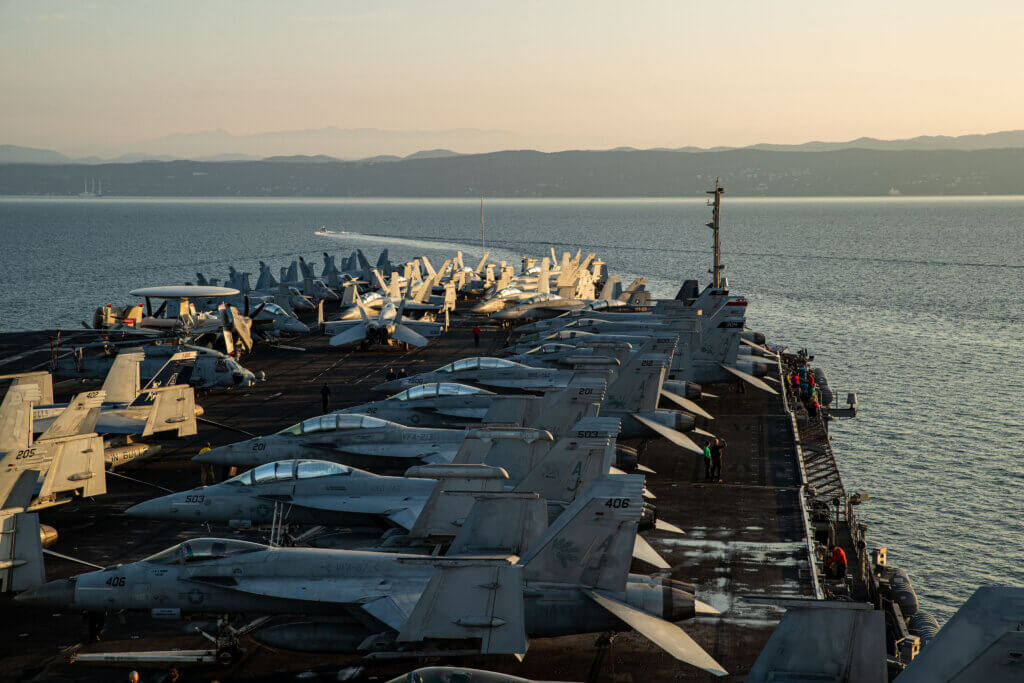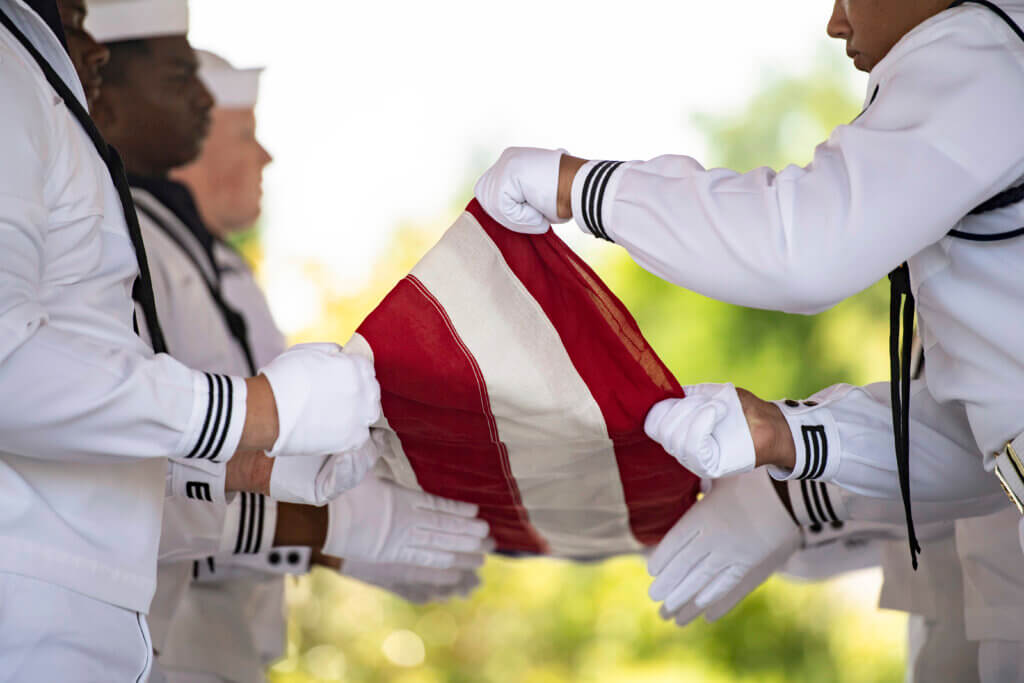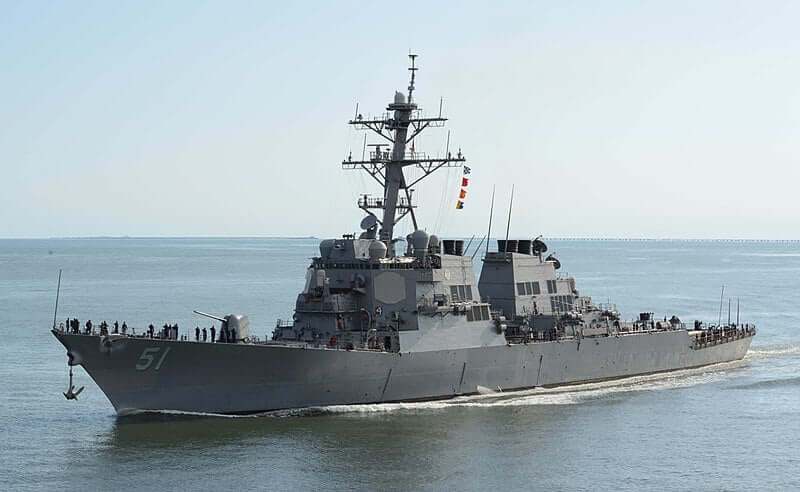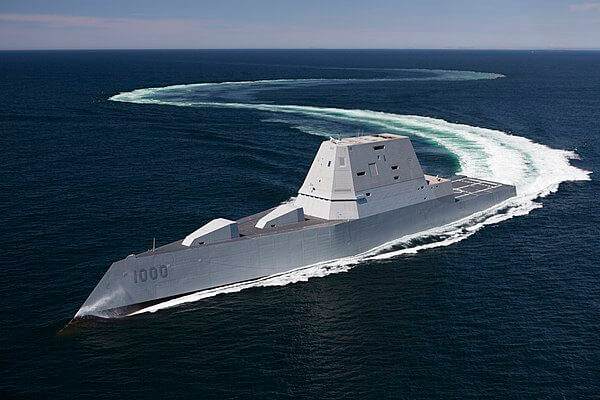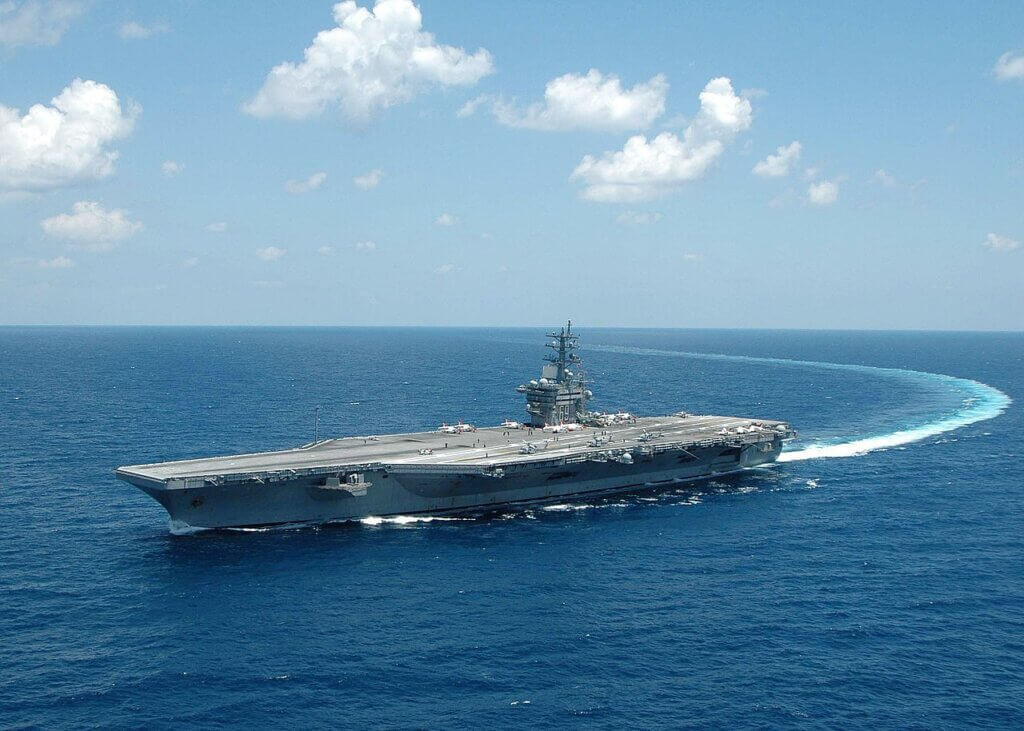
The Nimitz-class aircraft carrier USS Dwight D. Eisenhower (CVN 69)
Introduction:
Recent events have seen an escalation in tensions in the Middle East, with Israel at the focal point of a series of attacks. The Times of Israel and Politico Pro, two prominent news outlets, have recently shared information about the U.S. government’s position on this issue.
Key Takeaways:
- Second US Aircraft Carrier Deployment: Both the Times of Israel and Politico Pro report that the White House has communicated its intent to dispatch a second US aircraft carrier, the USS Dwight D. Eisenhower, as a show of support for Israel. The vessel’s deployment was already on the cards, and it was scheduled to operate near Europe.
- Departure from Norfolk, Va: The USS Dwight D. Eisenhower and its associated military assets were scheduled to depart from Norfolk, Va., this week. According to Defense Department officials, the carrier might be directed to the waters close to Israel. If so ordered, the Eisenhower is expected to reach the eastern Mediterranean by the end of October.
- Show of Force: Upon reaching the designated location, the Eisenhower would join the aircraft carrier USS Gerald R Ford and its strike group. The Pentagon had previously directed the USS Gerald R Ford to the region following surprise attacks on southern Israel.
- White House Concern Over Hezbollah: National Security Council spokesman, John Kirby, highlighted the U.S. government’s concern regarding Hezbollah’s rocket attacks on northern Israel.
- Community Support for The Times of Israel: The Times of Israel stresses the importance of accurate and timely news coverage. They’re offering an ads-free experience, exclusive content, and other perks for members of their community.
Conclusion:
The U.S. government’s decision to potentially send a second aircraft carrier to the region signifies its commitment to supporting Israel during these tumultuous times. As the situation unfolds, reliable news sources like The Times of Israel and Politico Pro play a crucial role in keeping the global community informed. Staying updated and supporting independent journalism is paramount in these critical moments.
